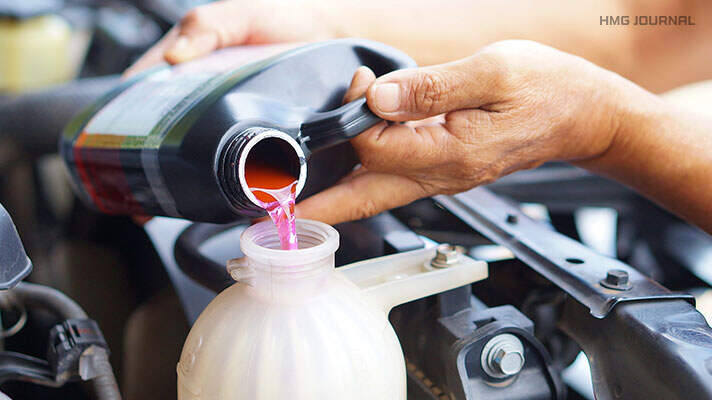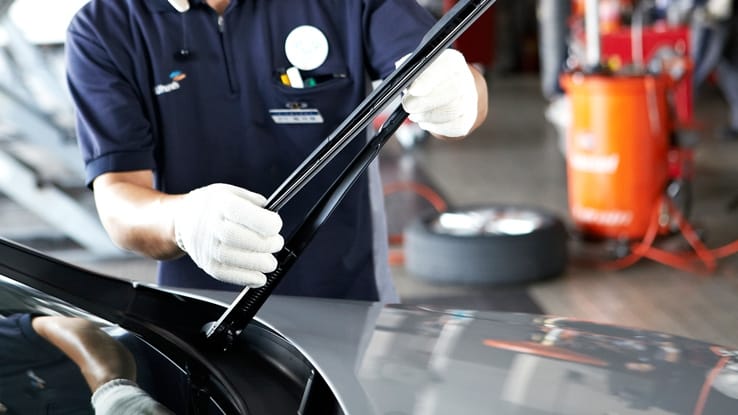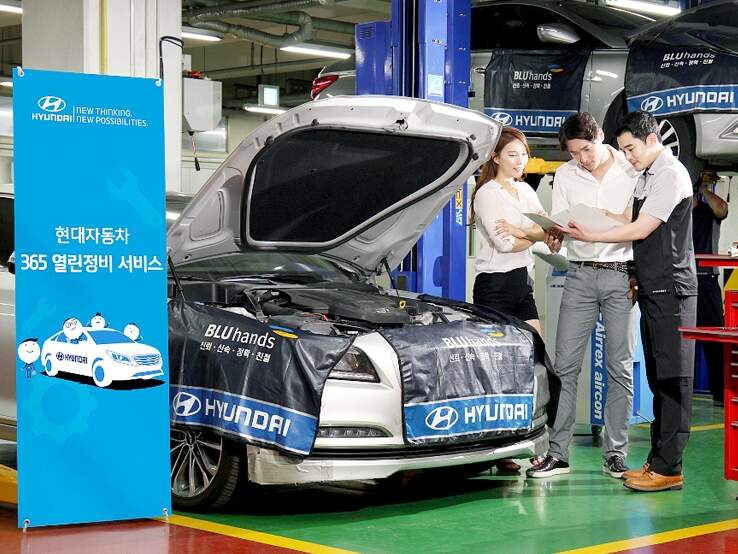open menu
- Home>
- Discover Kia>
- ASK>
- What Is Routine Maintenance on a Car?
What Is Routine Maintenance on a Car?
“Routine maintenance on a car is inspecting different internal and external parts of your vehicle on a periodical basis to help prevent accidents and costly repairs due to malfunctioning parts.”
Although getting your car checked regularly may seem like a chore, regular maintenance is vital to keep it in good running condition and to prevent issues from arising in the future. Here is a quick summary of some of the parts you should check and replace regularly.
- l Make sure to refill liquids that are most frequently used (e.g. wiper fluid, power steering fluid, radiator coolant, brake fluid, and motor oil)
- l Swap out parts that are worn, overused parts such as, brake pads, window wiper blades, drive belts, timing belts, spark plugs, and air and fluid filters.
- l Check if there is any damage on any of the car’s belts and hoses. If there are punctures, it can become a larger issue. It is recommended to have the power brakes, power steering, and radiator hoses checked once your vehicle is close to 100,000 miles (160,000 kilometers).


At 12,000 mi (approx. 20,000 km), you should check your brakes, the brake pads, linings, brake discs, and drums, and replace the brake fluid. To check the brake fluid, use a brake fluid tester to check the water content. If the water content is high, it can cause braking problems.
For every 25,000 mi (approx. 40,000 km), be sure to check your wheel alignment and change your anti-freeze and transmission fluid. As its name suggests, anti-freeze helps prevent corrosion and pollution within the vehicle and prevents cooling water from freezing. So aside from changing the fluid, it is also essential to check it periodically. Especially in the winter months, to effectively maintain the temperature of the engine. When changing your anti-freeze a mix of 50% water and 50% anti-freeze is recommended. But it is best to check your owner’s manual.
At 60,000 mi (approx. 100,000 km), you should focus on the dampers of the car and replacing the cooling pump. Inspecting the dampers of your vehicle is crucial since their role is to reduce the springing motion and help reduce the body of the car from shaking. Therefore, if your vehicle frequently shakes or shudders, there might be an issue with the damper.
After the 30,000 mile mark, the standard maintenance schedule set by most manufacturers recommends getting your vehicle examined in 30,000-mile increments. So 30,000 miles, 60,000 miles, 90,000 miles so forth. Keep in mind the engine oil should be changed more frequently in comparison to other car maintenance procedures. Depending on the recommendation from the manufacturer, the engine oil should be replaced every 7,500-10,000 mi (12,000-16,000 km).







